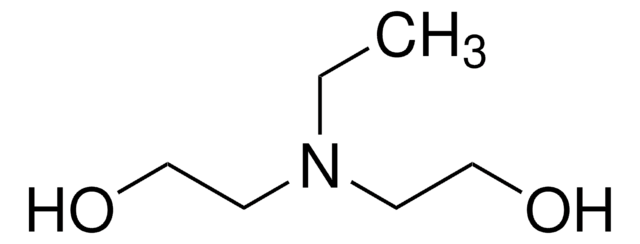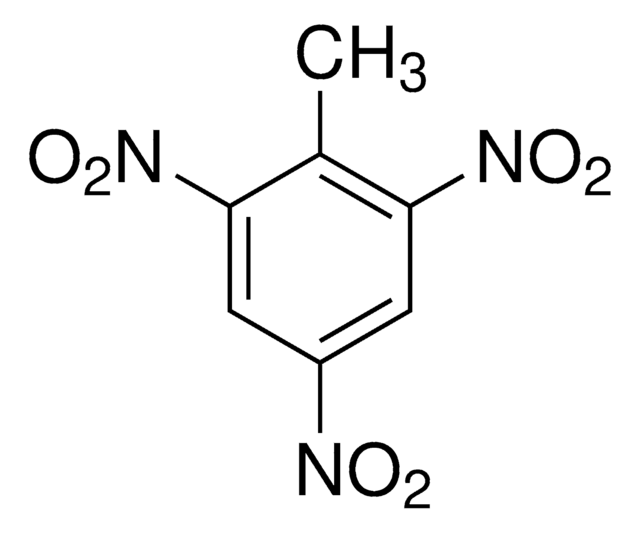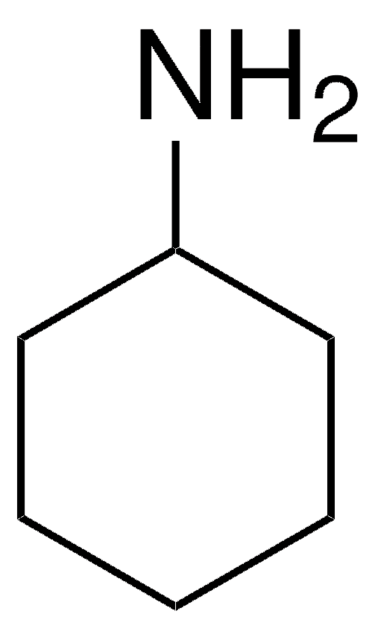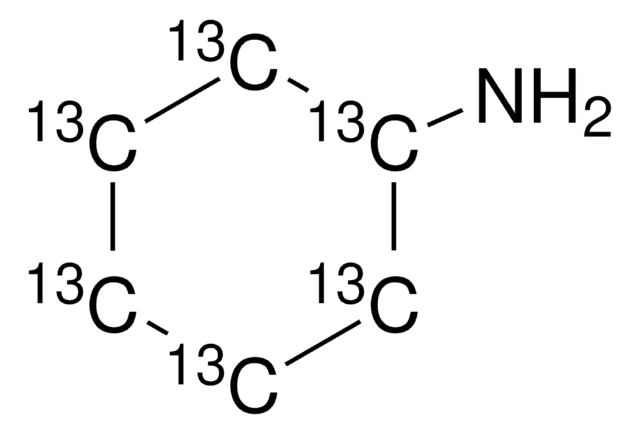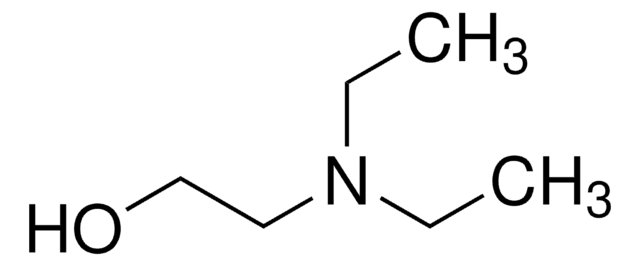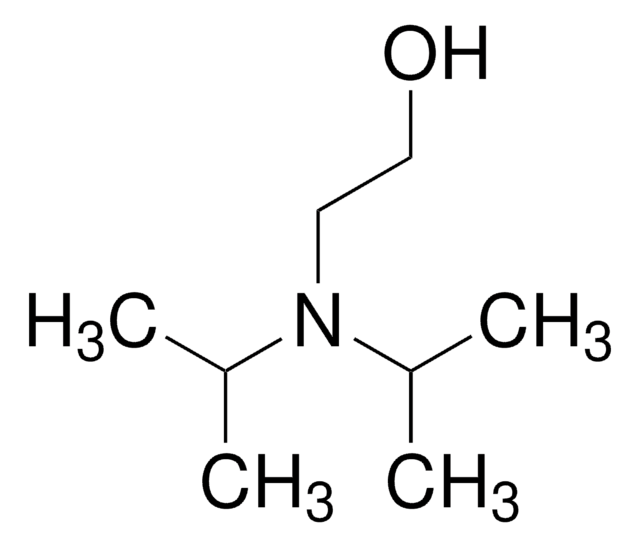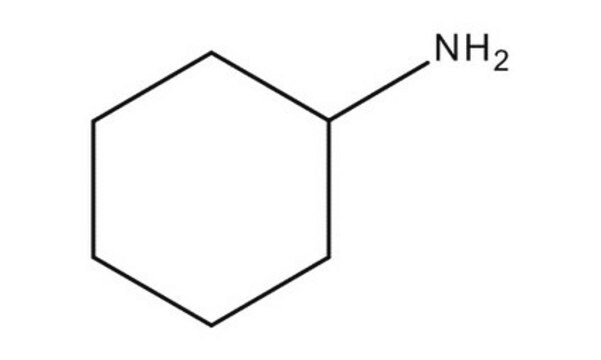ERH-004S
HMX solution
1000 μg/mL in acetonitrile, ampule of 1.2 mL, certified reference material, Cerilliant®
Synonym(s):
1,3,5,7-Tetranitro-1,3,5,7-tetraazacyclooctane
About This Item
Recommended Products
grade
certified reference material
Quality Level
feature
Snap-N-Spike®/Snap-N-Shoot®
packaging
ampule of 1.2 mL
manufacturer/tradename
Cerilliant®
concentration
1000 μg/mL in acetonitrile
application(s)
environmental
format
single component solution
storage temp.
−20°C
SMILES string
O=[N+]([O-])N1CN([N+]([O-])=O)CN([N+]([O-])=O)CN([N+]([O-])=O)C1
InChI
1S/C4H8N8O8/c13-9(14)5-1-6(10(15)16)3-8(12(19)20)4-7(2-5)11(17)18/h1-4H2
InChI key
UZGLIIJVICEWHF-UHFFFAOYSA-N
Looking for similar products? Visit Product Comparison Guide
Legal Information
Signal Word
Danger
Hazard Statements
Precautionary Statements
Hazard Classifications
Acute Tox. 4 Dermal - Acute Tox. 4 Inhalation - Acute Tox. 4 Oral - Eye Irrit. 2 - Flam. Liq. 2
Storage Class Code
3 - Flammable liquids
WGK
WGK 2
Flash Point(F)
35.6 °F - closed cup
Flash Point(C)
2 °C - closed cup
Regulatory Listings
Regulatory Listings are mainly provided for chemical products. Only limited information can be provided here for non-chemical products. No entry means none of the components are listed. It is the user’s obligation to ensure the safe and legal use of the product.
PDSCL
Deleterious substance
FSL
Group 4: Flammable liquids
Type 1 petroleums
Hazardous rank II
Water insoluble liquid
ISHL Indicated Name
Substances Subject to be Indicated Names
ISHL Notified Names
Substances Subject to be Notified Names
JAN Code
ERH-004S-CC:
ERH-004S-1.2ML:
Choose from one of the most recent versions:
Certificates of Analysis (COA)
It looks like we've run into a problem, but you can still download Certificates of Analysis from our Documents section.
If you need assistance, please contact Customer Support.
Already Own This Product?
Find documentation for the products that you have recently purchased in the Document Library.
Global Trade Item Number
| SKU | GTIN |
|---|---|
| ERH-004S-1.2ML | 4061833609682 |
Our team of scientists has experience in all areas of research including Life Science, Material Science, Chemical Synthesis, Chromatography, Analytical and many others.
Contact Technical Service